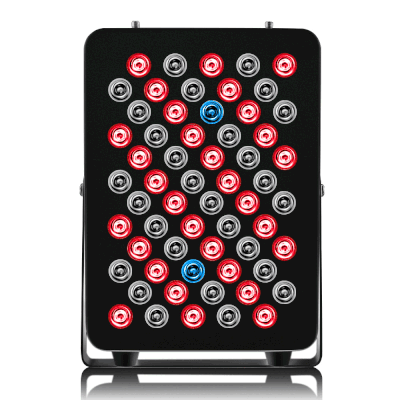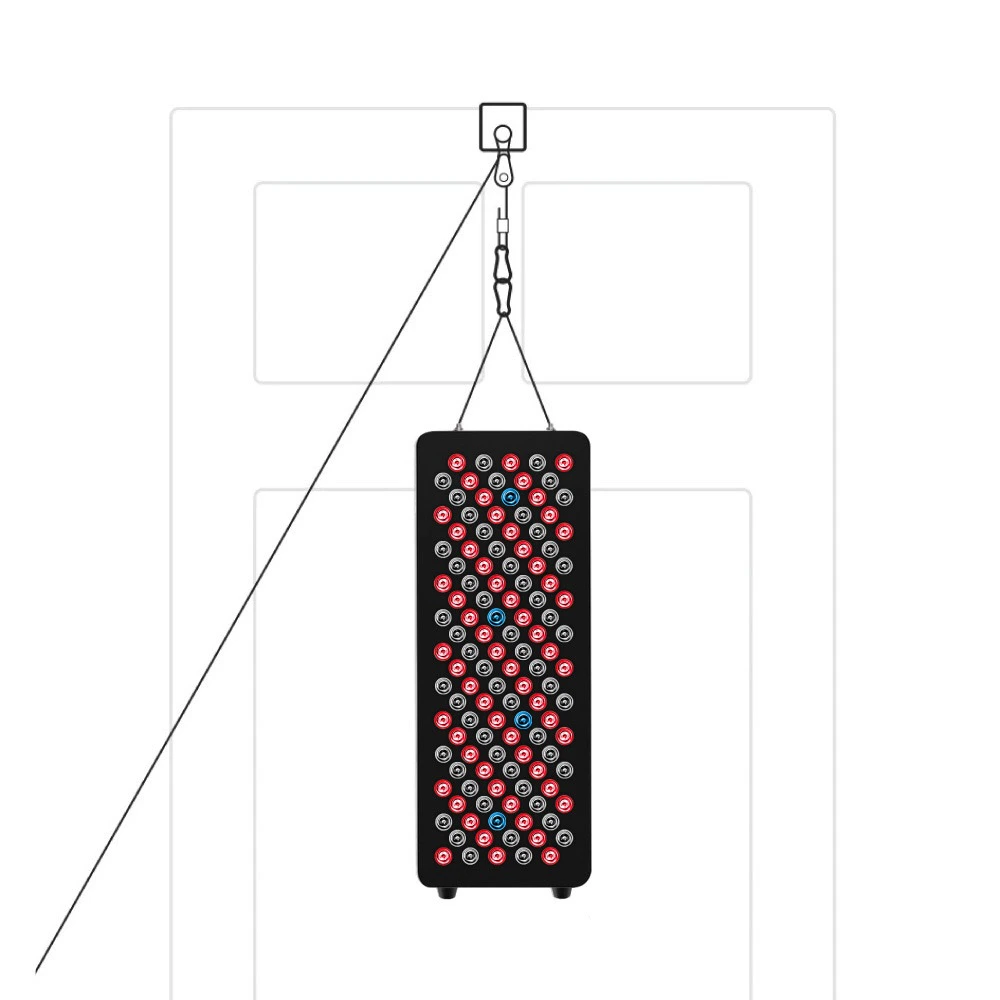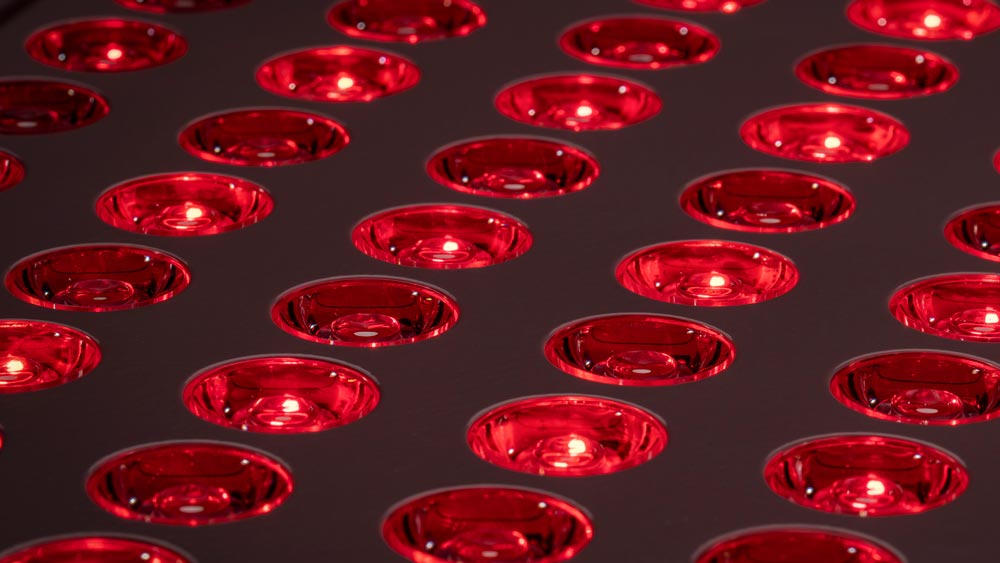![]() Free Shipping
Free Shipping ![]() Buy Now, Pay Later
Buy Now, Pay Later ![]() Eligible
Eligible
Can Red Light Therapy Be Used to Treat Mesothelioma?

Mesothelioma is a rare form of lung cancer that is caused by asbestos exposure. It grows in the linings around an organ or the mesothelium. While there are currently no known cures, researchers have developed several treatments that extend survival time.
One of these treatments includes photodynamic therapy, a treatment that uses light to kill cancer cells. This method has been used in two types of mesothelioma: peritoneal and pleural mesothelioma. In this blog, we will explore the question of whether red light therapy can be used to treat mesothelioma. Let’s begin.
What Is Photodynamic Therapy?
This form of anti-cancer treatment utilizes light energy with light-sensitive drugs to eliminate cancer cells. Doctors often refer to it as elegant, since it has low toxicity and side effects. It was first used to treat skin cancers, and since then, it has grown to become a treatment for other forms of cancer and, in recent times, as part of the therapy for pleural mesothelioma, an aggressive and rare form of lung cancer.
How Does it Work?
Photodynamic therapy is quite effective when used to treat mesothelioma that hasn’t spread from the lungs to other parts of the body. Since it only works on the body where light reaches, like along the lining of the internal organs or below the skin, it is given during surgery where the chest cavity is entered.
Before the surgery, a mesothelioma doctor intravenously administer a drug called Photofrin to patients, which is absorbed by cancerous and healthy cells. Eventually, the drug leaves the majority of the healthy cells. However, it remains in the cancerous mesothelioma cells until a light source is triggered to destroy it. During the surgery and after the tumors are removed, light therapy is administered via a laser beam to kill the remaining mesothelioma cells.
Usually, the light used to activate the drug must be of a specific color or wavelength. After being activated, the photofrin creates a reactive oxygen that makes the individual’s cancer cells die. It might also kill the cancer cells by damaging the tumor blood vessels and removing the supply of nutrients while also reducing the possibility of cells regrowing.
VELLGUS Elite V2
THE #1 RATED RED LIGHT DEVICE
VELLGUS pro V2
THE #1 RATED FULL BODY RED LIGHT DEVICE
Side Effects of Photodynamic Therapy
One of the most common side effects of photodynamic therapy is photosensitivity, which occurs when some light-sensitive drugs remain in healthy cells and interact with sunlight. The result could be one or more of the following: blistered or sunburned skin, swollen skin, and sensitivity of the eyes and skin.
Additionally, while patients should avoid direct sunlight, exposure to a mild amount of ambient indoor light can help speed up the recovery process. However, it should last for about 30 days. Sometimes, vomiting and nausea might also be a side effect, but it is less severe than in radiation or chemotherapy treatment. Photofrin is a unique and complex drug that is made from more than 50 drug sources. It stays in solid tumors or cancer cells of different sources better than many other immunotherapy drugs that target a particular cell mechanism.
Who Is Photodynamic Therapy Best Suited For?
This therapy is effective for people who are in the early stages of cancer. However, it doesn’t work on cancer that spreads all over the body or large tumors. It is unlike chemotherapy since it only works on localized cancer growth. Individuals who have some type of blood disease, specifically those classed as porphyrias, cannot use this method. Photodynamic therapy can also be combined with other treatments, such as surgery, to reduce the size of the tumor to a point where photodynamic therapy works well.
Benefits of Photodynamic Therapy
One of the major benefits of photodynamic therapy for mesothelioma is that it has fewer side effects than surgery and chemotherapy. Additionally, it might also help you get rid of microscopic cancer cells missed by other treatments. Photodynamic therapy is not expensive, especially when compared to therapy. It is often carried out as outpatient treatment. This means that you don’t need to spend days or hours in the hospital during your treatment.
Limits of Photodynamic Therapy
Mesothelioma photodynamic therapy is a relatively new procedure and is not available in all hospitals that treat mesothelioma patients. Additionally, mesothelioma photodynamic therapy also has a huge side effect, which is its sensitivity to light. Usually, after treatment, the patients will need to spend several weeks avoiding strong lights and sun exposure.
Photodynamic therapy is used to treat areas where light reaches. As a result, it is commonly used in treating issues that are on (or just below) the skin or the lining of an organ that the light source can reach. It’s important to note that the light cannot travel very far via the body tissues, and so it cannot be used in treating large cancers or those that have grown deep into the organ or skin.
Endnote
Medical researchers are currently researching to enhance photodynamic therapy efficacy and hope to use it in more cancer types, including peritoneal mesothelioma. One of the aims is to develop photosensitizers that target only cancer cells. Doctors also aim to find better means of administering the required light to ensure it can properly enter the tissue and treat extensive tumors.







